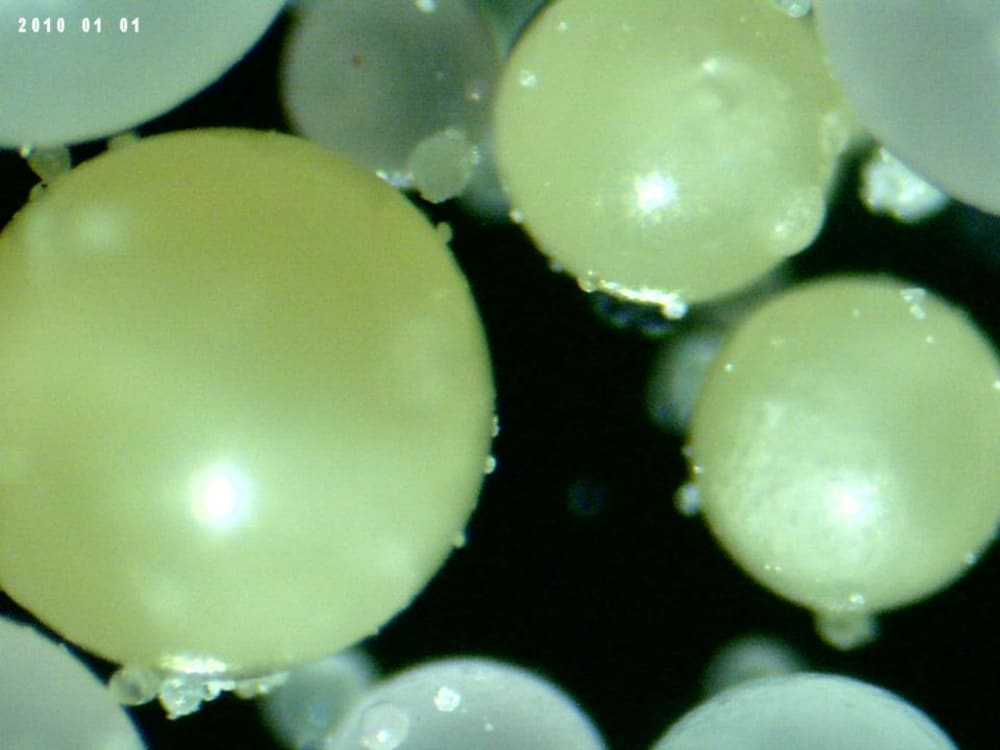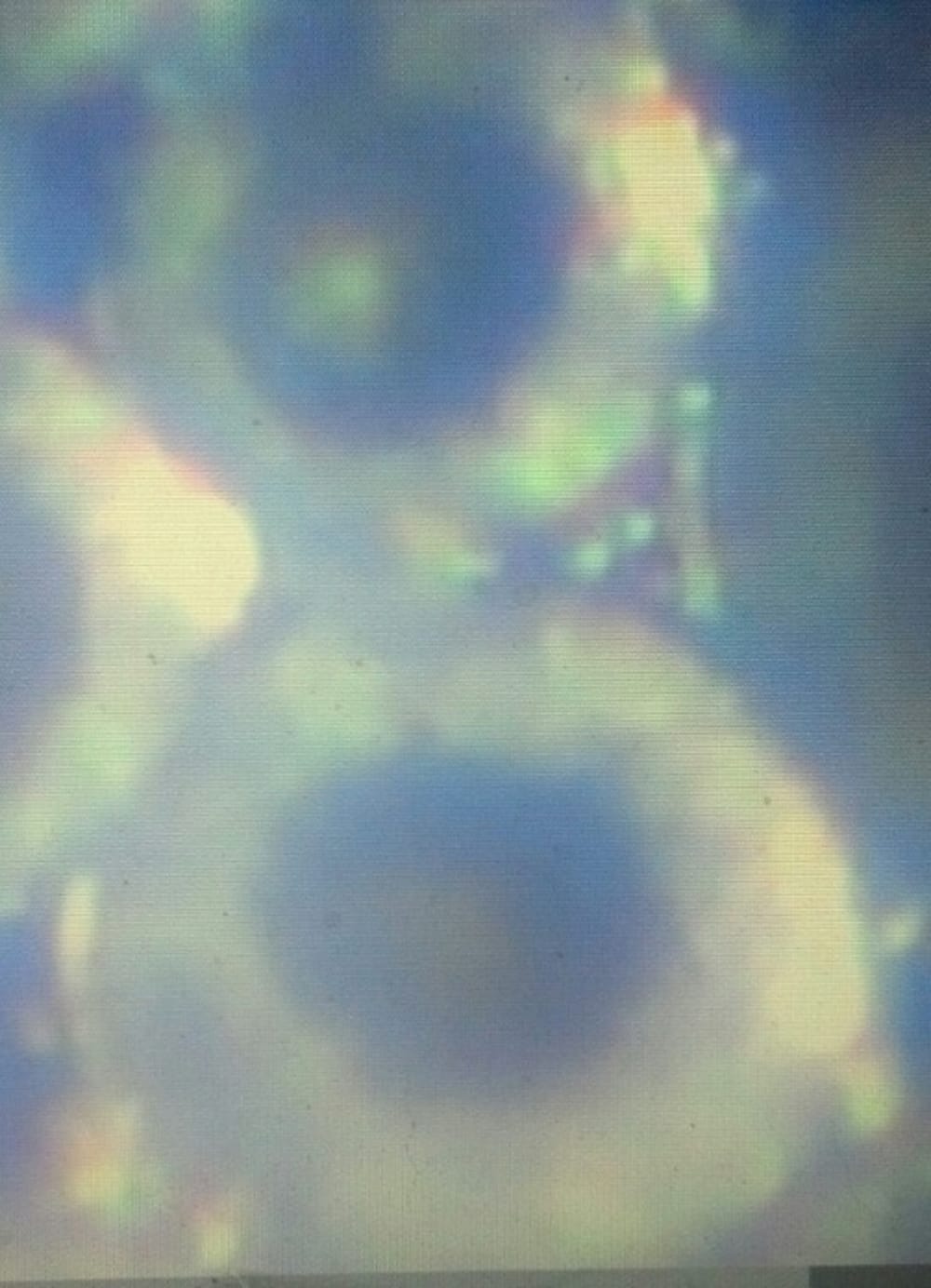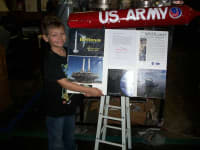

The project focus was to develop next-generation solid-sphere prillings that have secondary and tertiary matrixes comprised of microcrystalline hydrocarbon nano particles for use as an advanced hybrid rocket fuel based on liquid layer hybrid combustion theory. We produced prillings in sizes ranging from .25um to 8000um using synthetic PCM's that are highly stable.
Our microencapsulation process and instrument is a NASA Spinoff technology first used to produce glass microbeads in space on STS41/STS-43 and later to spawn creation of an arsenal of oilspill cleanup, medical, pharma and food products.
The video demo shows small scale static test (burn) using just 10g of prilling-product that is 250um in size and encapsulated in a polypropylene sheath comprising the solid rocket fuel component. The oxidizer is O2 (gas). This technology is representative of next-generation 'future fuels' that produce a very thin, low viscosity, low surface tension liquid layer on the fuel surface when it burns. Driven by the oxidizer, lift off and entrainment of PCM-droplets and secondary nanoparticle hydrocarbon components greatly increase the overall fuel mass transfer rate simulating a continuous spray injection system with the fuel-components vaporization occurring around the droplets convecting between the melt layer and flame-front resulting in higher regression rates and exponential increase in thrust.
Video
-
Awards
-
 2013 Aerospace & Defense Honorable Mention
2013 Aerospace & Defense Honorable Mention -
 2013 Top 100 Entries
2013 Top 100 Entries
Like this entry?
-
About the Entrant
- Name:Joy Mann Simmons
- Type of entry:teamTeam members:Joy Mann Simmons
Dr. Joseph A. Resnick
Prof. Ron Stewart
Holden Lane - Software used for this entry:Basic Bench Hardware, NASA Research
- Patent status:pending








